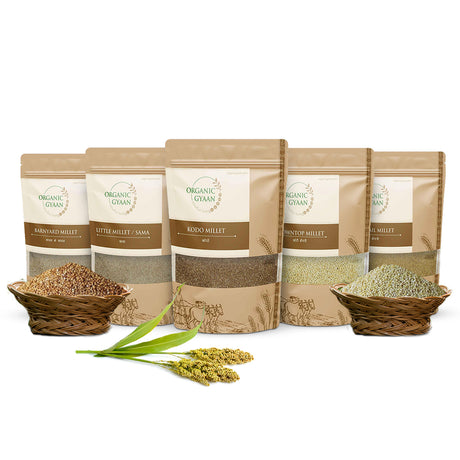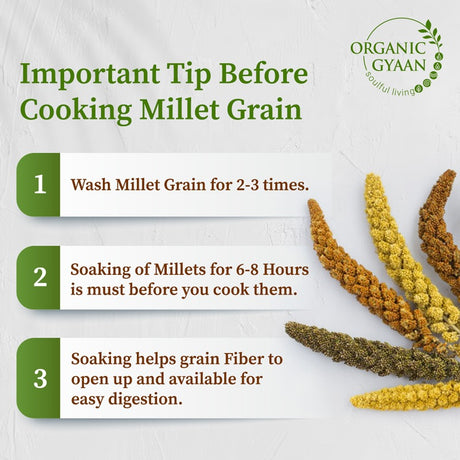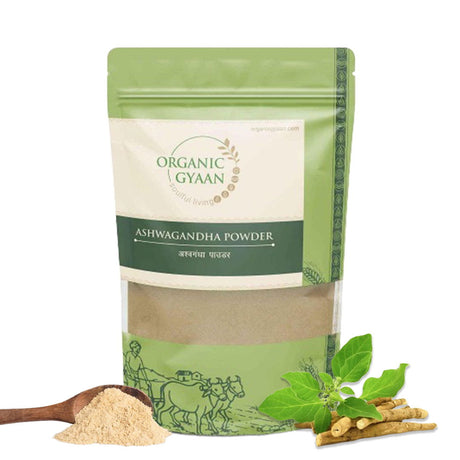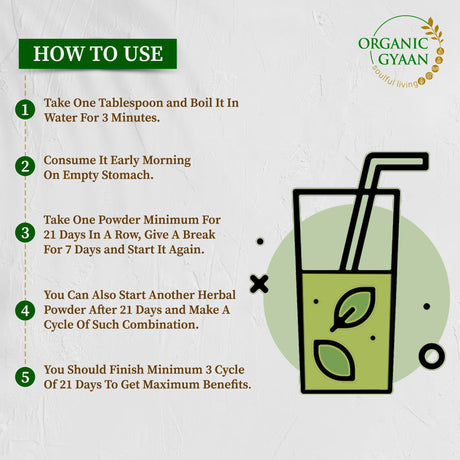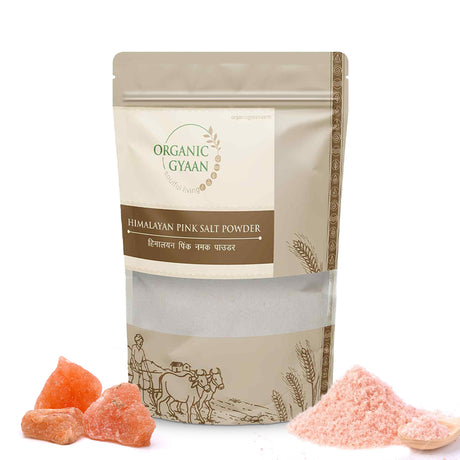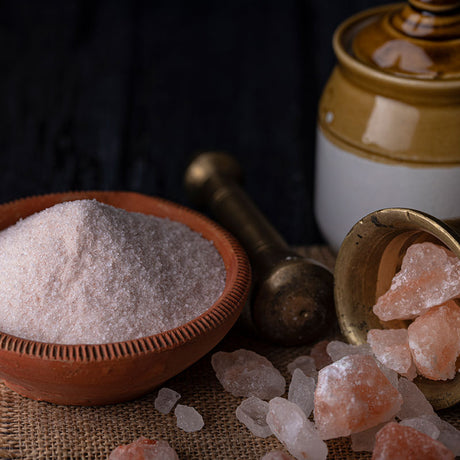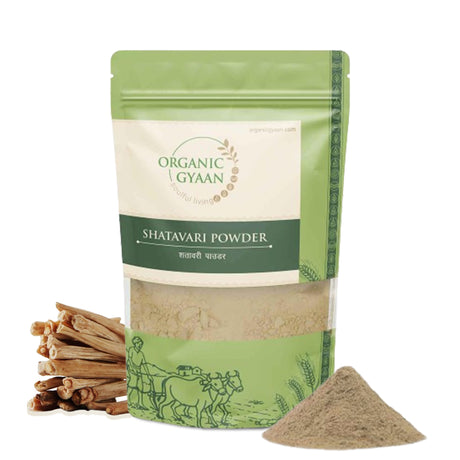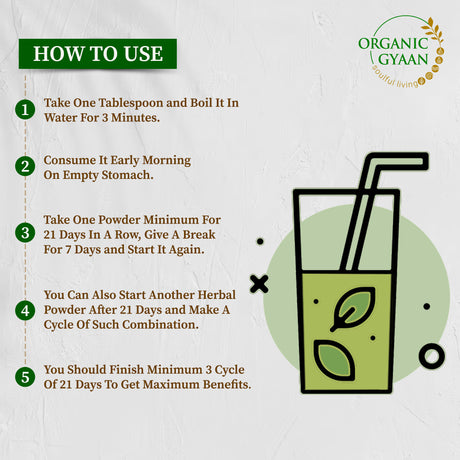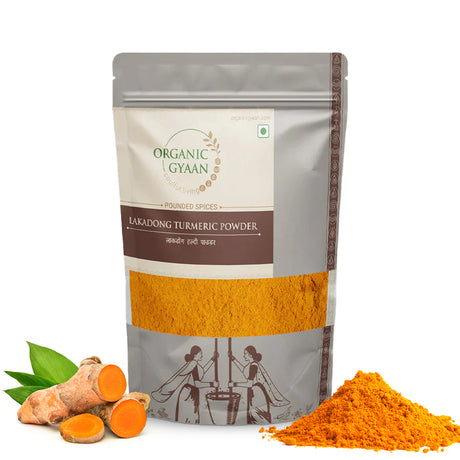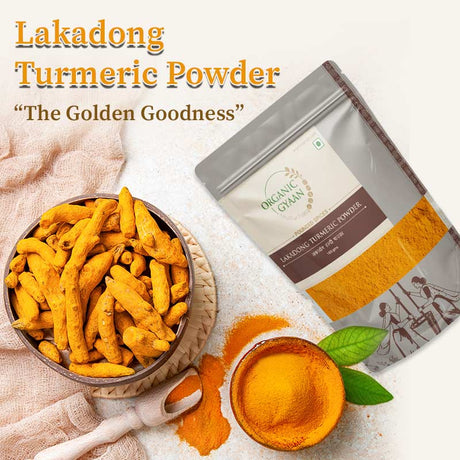Hey there! If you have been diagnosed with kidney disease due to diabetes, it's crucial to have a proper diet plan in place to manage your condition effectively. Diet plays a significant role in controlling both diabetes and kidney disease by regulating blood glucose levels and reducing the strain on your kidneys. When your kidneys aren't functioning properly, excess nutrients, toxins, and fluids can accumulate in your bloodstream, making it essential to follow a renal diet specialized for kidney disease.
However, striking a balance between good nutrition and a well-planned kidney diet can be challenging. Certain nutrients may need to be limited, and unexpected sources of those nutrients can catch you off guard. Additionally, making wise choices regarding fats and other forms of nutrients is crucial. Let's explore some best foods for diabetics and kidney disease patients in this blog!
Diabetes
Managing diabetes involves controlling blood sugar levels, and carbohydrates play a crucial role. Any food containing carbs can raise your blood sugar since they break down into glucose during digestion. Carbohydrate-rich foods include bread, pasta, rice, fruits, dairy, starchy vegetables, and sugary treats. But you can have some low-carb foods. For example, the carbs in carrots are low. The key is to watch portion sizes and avoid excessive carb intake in one meal. Instead, aim for three balanced meals and 1-2 snacks throughout the day, with consistent carb amounts. This helps maintain stable blood sugar levels and prevents extreme spikes or drops.
Chronic Kidney Disease
When it comes to eating healthy with kidney disease, the goal is to watch what you eat and control certain minerals and nutrients. For example, if your kidneys aren't working well, you should limit your intake of artificial phosphorus. It's also important to keep your sodium (or salt) intake below 2,300 mg per day to manage blood pressure, which can harm your kidneys. Kidney disease often causes swelling, but a low-sodium diet can help control edema and make you feel more comfortable. Be careful with high protein diets as they can speed up kidney disease progression. Some people may also need to limit potassium intake, but portion control is key. Remember, you can still enjoy foods with these nutrients, just keep an eye on portion sizes.
Which Nutrients do I need to Regulate?
The role of diet in kidney disease and diabetes is crucial for managing these conditions effectively. When you have kidney disease, your dietitian will provide you with nutritional guidelines to control your intake of protein, fat, and carbohydrates, as well as potassium, phosphorus, and sodium. Following these guidelines and planning your meals carefully can help reduce the strain on your kidneys and maintain better overall health.
Let's take a closer look at the importance of limiting sodium, potassium, and phosphorus in your diet:
-
Sodium: Sodium is a mineral found in many foods and is a major component of table salt. In kidney disease, damaged kidneys struggle to eliminate excess sodium from the body, leading to high sodium levels in the blood. To prevent this, it is recommended to restrict sodium intake to below 2000 mg per day.
-
Potassium: While potassium plays various roles in the body, individuals with kidney disease should limit their potassium intake to avoid dangerously high levels in the blood. Some high potassium foods to avoid are nuts, beans, potatoes, etc. Too much potassium can be harmful to the body. It is advised to keep potassium consumption below 2000 mg per day. And hence, you can go for some low potassium foods like apples, rice, broccoli, etc.
-
Phosphorus: Phosphorus is a mineral present in a wide range of foods. When kidneys are damaged, they may struggle to remove excess phosphorus from the body, resulting in elevated phosphorus levels in the blood. This can lead to further health issues. To manage this, it is important to limit dietary phosphorus to below 800 to 1000 mg per day.
It's worth noting that every person with kidney disease is unique, so it is essential to consult with a healthcare provider who can provide personalized dietary recommendations based on your specific needs. Fortunately, many delicious and healthy alternatives are available that are low in phosphorus, potassium, and sodium. By adhering to these dietary guidelines, you can support kidney function, prevent additional damage, and promote overall well-being.
Diabetic Renal Diet Meal Ideas
Looking for some delicious meal ideas that are suitable for a diabetic renal diet? We've got you covered! Eating well doesn't mean sacrificing flavour and variety. Here are some tasty suggestions to keep your taste buds happy while supporting your health.
-
Get creative with Stir-Fry: Whip up a colourful stir-fry using your favourite veggies like broccoli, carrots, and onions. Add some masalas for a flavour. Serve it over brown rice or whole-grain pasta for a satisfying meal.
-
Stuffed Bell Peppers: Fill bell peppers with a tasty mix of whole grains such as couscous, brown rice, or quinoa, along with veggies. Baking them in the oven creates a flavourful and nutritious dish.
-
DIY Veggie Pizza: Make your own whole-grain pizza crust and load it up with delicious vegetables like zucchini, tomato, bell peppers, and arugula. Opt for low-sodium cheese like fresh mozzarella or Swiss and go easy on the sauce to keep the salt in check.
-
Jazz up your Salads: Salads can be exciting! Add some cooked pasta, toasted nuts, or a sprinkle of fancy cheese to elevate your salad game. Don't be afraid to toss in some fruit like blueberries, strawberries, grapes, or pineapple. Create your own dressing using olive oil, flavoured vinegar, or fresh lemon/lime juice. You can even make your own ranch dressing!
-
Spiralize for Fun: Give spiralizing a try by turning zucchini, yellow squash, sweet potatoes, beets, or carrots into veggie noodles. It's a fun and creative way to enjoy a veggie-packed meal.
-
Build a Bowl: Start with your favourite whole grain as a base and top it with an abundance of delicious vegetables. Add a dollop of your favourite sauce for extra flavour.
-
Sneak Veggies into Breakfast: Don't miss out on the opportunity to add more veggies to your day. Have a salad with loads of veggies or try a savoury oatmeal. For a trendy twist, enjoy some avocado toast by mashing 1/4-1/2 avocado on whole-grain bread and topping it with chopped tomato and feta cheese. You can even experiment with pickled shallots and a drizzle of balsamic.
These meal ideas are designed to be both healthy and satisfying, ensuring you enjoy your food while taking care of your diabetic renal diet. Bon appétit!
Best Foods to include in Your Diet
Let’s check out some foods good for kidneys and diabetic patients:
-
Vegetables: Load up on fresh produce to slow down the progression of kidney disease. Enjoy a variety of vegetables such as peppers, broccoli, green leafy vegetables, mushrooms, carrots, and more. They are not only delicious but also diabetes-friendly.
-
Fruits: Snack on kidney-friendly fruits like apples, grapes, peaches, and watermelon. Berries, in particular, are great for managing diabetes due to their lower sugar content. Opt for whole fruits to get the added benefit of fibre, and limit fruit juice intake to keep sugar and potassium in check. However, if you're on dialysis, it's best to avoid starfruit as it can cause neurotoxicity.
-
Proteins: Maintain a balance by including fresh protein sources such as paneer or soya bean in your meals. For an extra health boost and better blood sugar control, try plant-based proteins like unsalted nuts, beans, and tofu.
-
Unsaturated Fats: Don't shy away from healthy fats like unsaturated fats, which can be beneficial for you. These fats are typically found in vegetable oils, nuts, peanuts, and butter. Including them in your diet can be a smart choice for kidney disease and diabetes management.
Foods to Avoid
When managing diabetes and kidney diseases, it's important to avoid certain foods. Here are some key points to keep in mind:
-
Cut back on Salt/Sodium: Eating less salt helps control blood pressure and reduces fluid build-up, common in kidney disease.
-
Use Flavour Alternatives: Enhance taste with herbs, spices, mustard, and flavoured vinegar instead of salt. Avoid salt substitutes high in potassium unless approved by your doctor or dietitian.
-
Limit Potassium, Phosphorus, and Protein: Depending on the stage of kidney disease, you may need to reduce these nutrients. Consult with your healthcare provider.
-
Watch out for Phosphorus: High-phosphorus foods like beans, nuts, whole-grain bread, and dark-coloured sodas can weaken bones and harm blood vessels, eyes, and the heart.
-
Control Potassium Intake: Excessive potassium can lead to serious heart problems. Foods like oranges, potatoes, tomatoes, and whole-grain bread are high in potassium, while apples, carrots, and white bread are lower.
-
Protein in Moderation: Consuming the right amount of protein is crucial. Too much strains the kidneys, while too little is unhealthy. Work with a dietitian to determine the appropriate protein intake.
Remember, making dietary adjustments can be challenging at first, but it's beneficial for managing diabetes and kidney diseases in the long run.
Managing both diabetes and kidney disease requires finding balance for success. Thankfully, there are plenty of delicious foods that work well with a diabetic kidney disease diet. So, let's explore new recipes, get inspired, and eat well. Remember, making smart food choices each day keeps us in control, motivated, and feeling our best. Also, don't forget to consider including organic food in your diet for added health benefits. Give our organic products a try and experience the difference they can make. Stay healthy, enjoy your meals, and take care of yourself!


